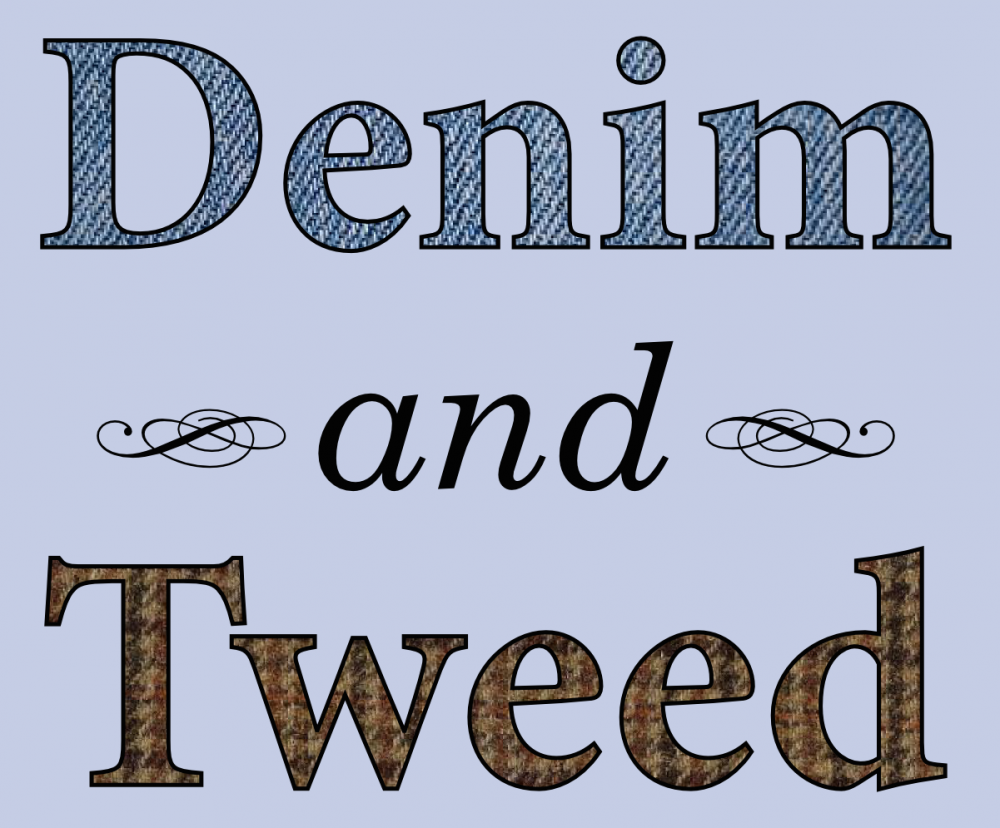 You might want to plant your own tomatoes, this year. Photo by rachelandrew.
You might want to plant your own tomatoes, this year. Photo by rachelandrew.- This week, at Nothing in Biology Makes Sense! Ack! My alma mater hired a young-Earth creationist to teach introductory microbiology!
- And at The Molecular Ecologist: A pair of literature reviews aim to separate local adaptation and isolation-by-distance.
- Starting with an actual definition of “sustainable.” Envisioning the sustainable future.
- Shady. How urban trees keep things cool.
- Yow. The three-year drought in California is going to obliterate your local produce section; here’s what the state is doing to improve its water infrastructure.
- Laugh so you don’t cry. Cartoon illustrations of extinction in action.
- 100,000 mammoths sounds like a bloody mess to me. On the (apparently pretty real!) efforts to undo some of those extinctions.
- Algebra is a post-modernist plot, you guys. Seriously, get your act together, Arizona.
- But, you know, the deli is great. Whole Foods runs on a whole lot of pseudoscience.
- Wha? Did early childhood obesity rates really drop 43%? Or is this what happens when you don’t correct for multiple comparisons?
- The whole damn universe is waiting for us to invent warp drive. NASA’s latest announcement from the Kepler mission identifies more than 700 new exoplanets.
◼









